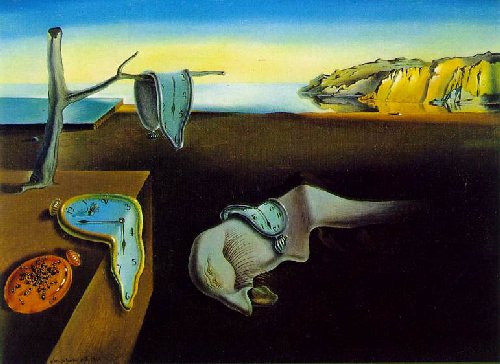the calm and the storm
this is tricky stuff. to begin with, it’s hard to reach some sort of consensus on whether or not his name was lao-tsu, laocius, laotze or, as most chinese know him, laozi. what most scholars seem to agree upon is the fact that he was a philosopher born around 604 before christ, he wrote the tao te ching (also referred to, confusingly, as laozi), and he was a founder of taoism — the philosophical idea of living in harmony with the ‘path’ that is now followed by a reported 400 million people in china alone.
his most popular work, tao te ching, a.k.a. book of the way and its power, has been translated hundreds of times. it’s still confusing to non-practitioners though, so whether or not hua-ching ni brings something new to the table with this version is, honestly, debatable.
then there’s the hua hu ching, also known as the huahujing, also known as the classic on converting the barbarians. interestingly, this book documents lao-tzu’s travels as a missionary to india, where he supposedly recognised in buddhism simply another version of taoism, albeit an imperfectly understood one. what makes this text more controversial is the fact that some refuse to attribute it to laozi. in this translation, it takes the form of question and answer, between a young prince and a taoist master. the result is sentences like this: ‘the subtle cosmic body of the universal one cannot be seen in any beautiful form, because to the universal one there is nothing which can be considered as form.’
the problem with this book, eventually, is how much is lost in translation. the fact that the original texts rely so much on chinese word play, with everything from figures of speech to ancient sayings mixed in, render any attempt at translation partially superfluous. one can only grasp at straws, at best. what it does do rather well is give the reader a broad overview of a way of life that continues to influence as well as mystify.— the complete works of lao tzu, hua-ching ni, rupa, rs 250


